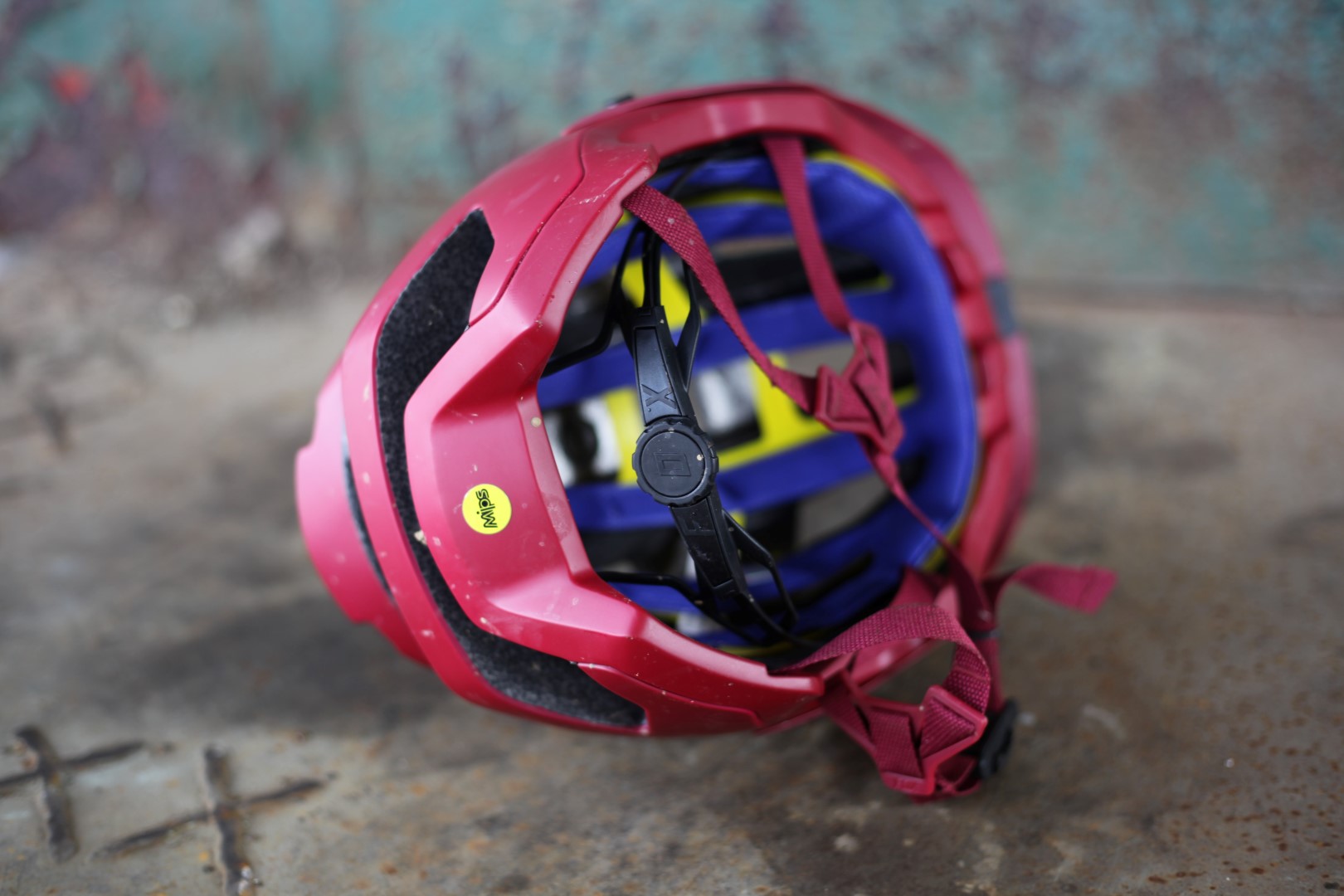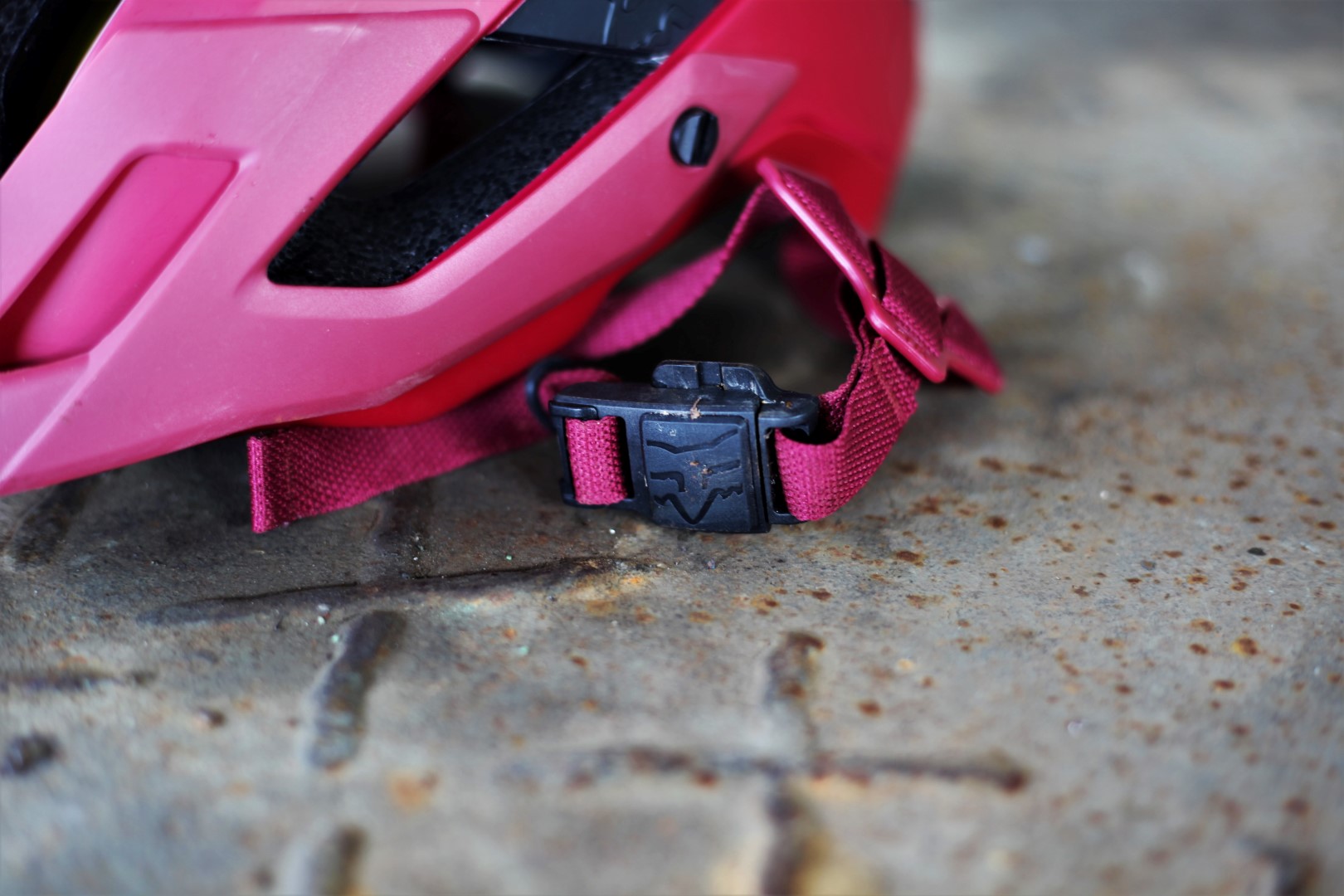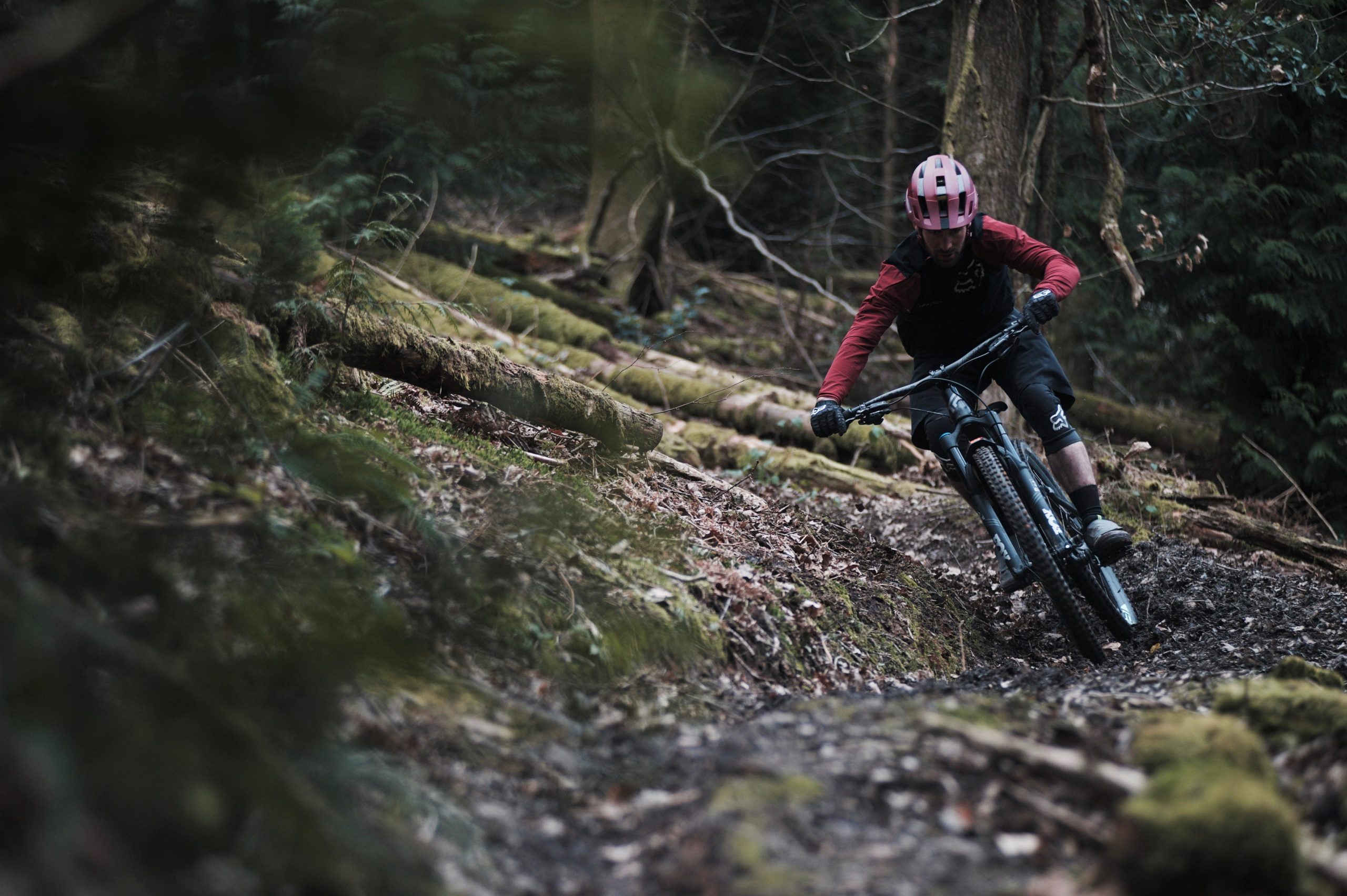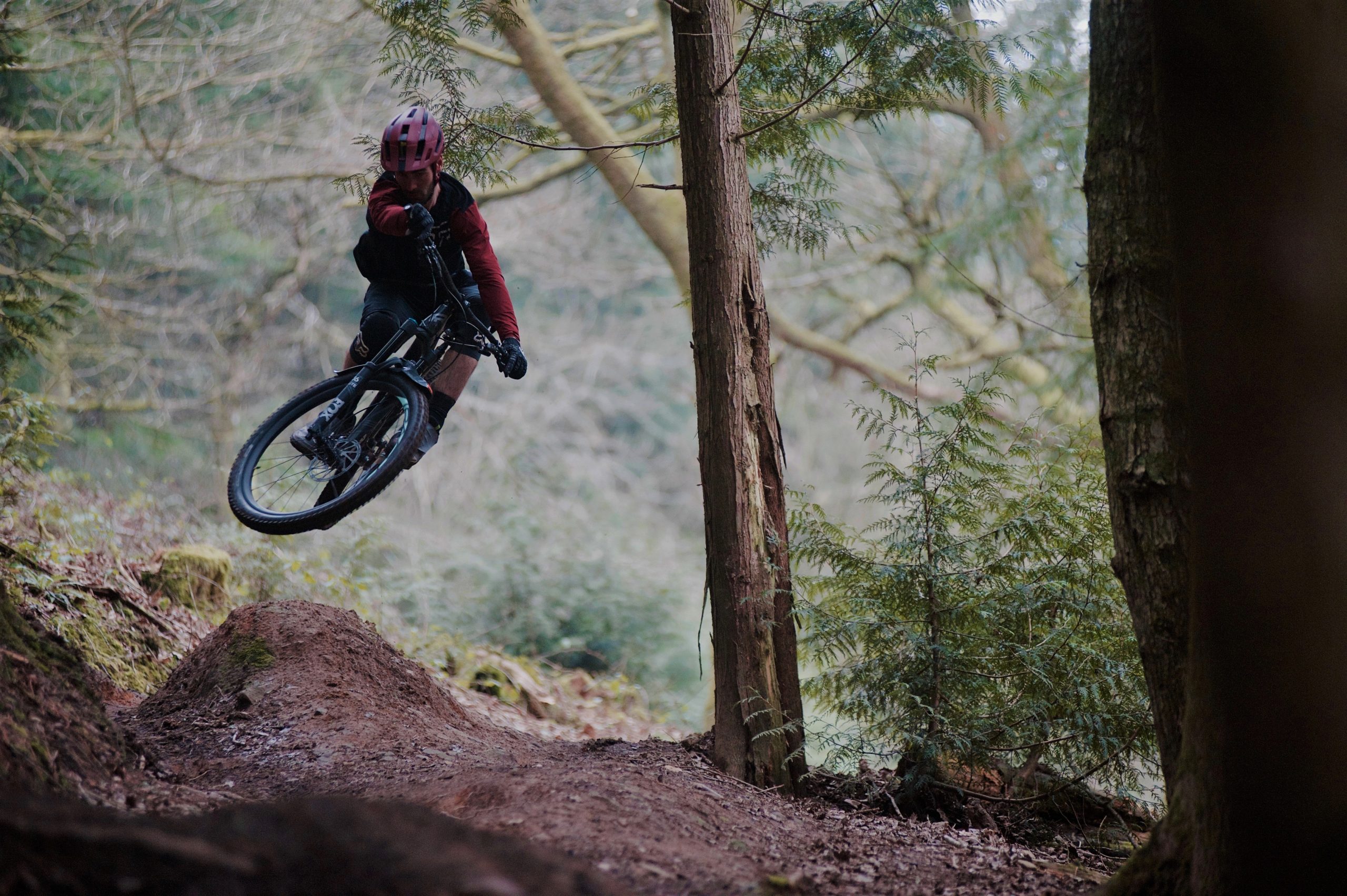For 2018 Fox has revamped its Flux helmet completely. With the original Flux being a standard setter does this new model still impress us with its design details, FIT AND protection?
Words: Sean White Images: Callum Philpott
If you were looking to buy a helmet for trail riding back in 2006 then there’s a strong chance that the original Fox Flux helmet would have been on your list. It was one of the first helmets to move away from the concept of simply taking a road helmet and making some revisions to it. Adding a peak to an aero style road design, slapping on some new graphics and colours was the route many brands took. It’s no surprise that many of us were riding trail bikes in a skate or BMX style ‘piss-pot’ lid back then.
Fox saw this and when the Flux helmet was launched it had little competition, with only the more expensive Giro Xen as one of the few other options. The Flux was a hit for us and soon took a place in the Dirt 100 – it became our ‘go to’ choice for trail riding.
‘The Fox Flux trail lid has been around for some time now and it has definitely become a bit of a classic in our eyes’ – 2014 Dirt 100
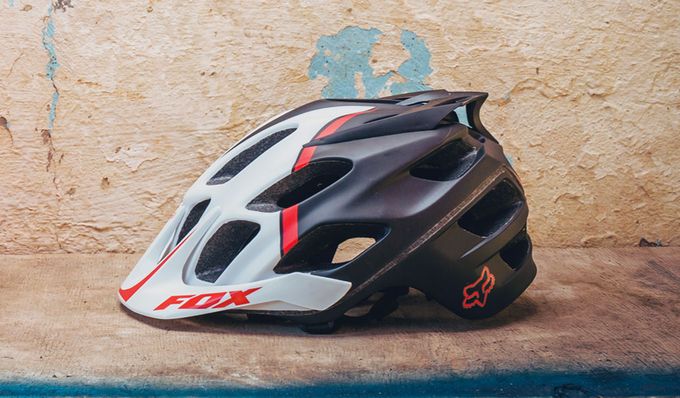
In 2018 we are spoilt for choice, with most established brands and a few new comers offering a sorted helmet for trail riding. The safety these helmets provide has improved, with more technology, deeper coverage of the head and improved retention systems. Fox reacted to this two seasons ago with the Metah – a design that was up to date in nearly all (but not every) area of helmet design. However, the Flux was still in the Fox range and had become one of its best selling mountain bike products. This helmet design (shown above) was right from the start, with styling and detailing that has stood the test of time.
But technical trail riding has now blurred into the world of enduro racing, bringing with it the need for even more protection, as well as requirements such as goggle compatibility and increased stability. It was time for an update. With two years in development by the same design team who gave us the lightweight and well ventilated Fox Proframe full-face lid our expectations were high. Here’s a full run down on the 2018 Fox Flux.



